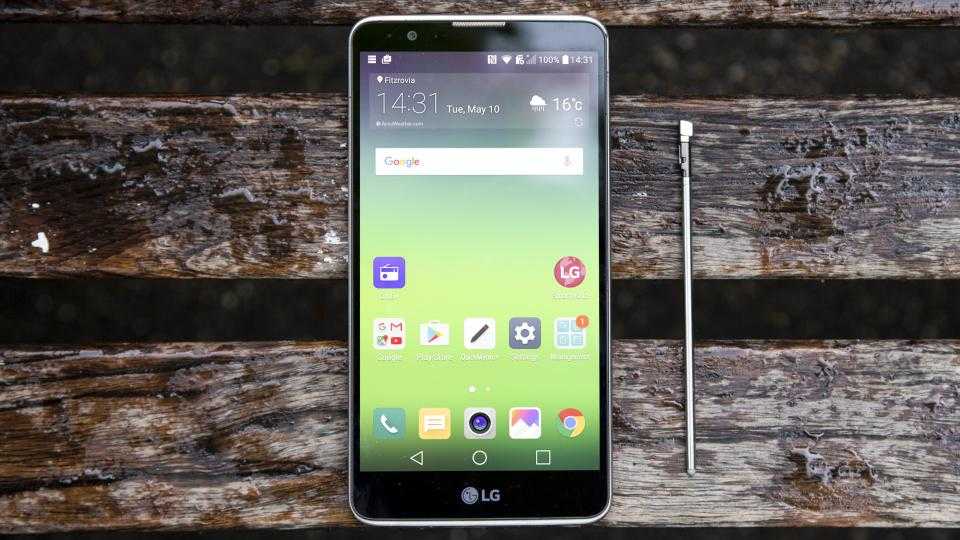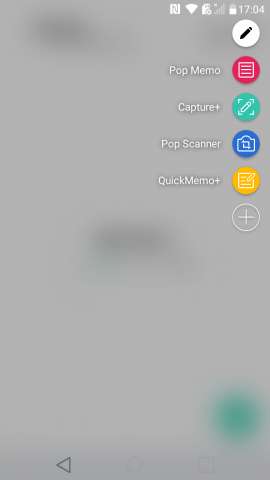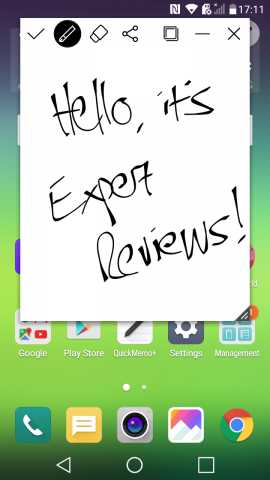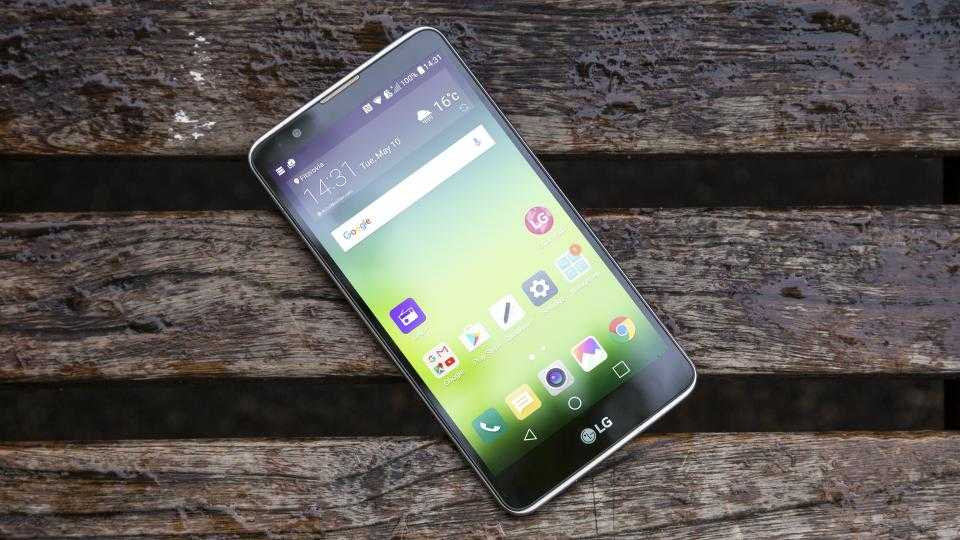LG's G4 Stylus never made it to the UK, so its successor, simply called the Stylus 2, will be the first stylus-equipped phone to make an appearance in UK shops in years. It's particularly good news for those after a bit of a phablet bargain, as at £250 SIM-free it's almost half the price of the Samsung Galaxy Note 4 - the only other phone with a stylus you can officially buy right in the UK today, with the Note 5 only available as a grey import.
Of course, part of the reason why the Stylus 2 doesn't cost the earth is due to the decidedly entry-level tech inside it. Powered by a quad-core 1.2GHz Qualcomm Snapdragon 410 processor, it's not that much faster than your typical budget handset, and its 5.7in, 1,280x720 resolution display pales in comparison to the 2,560x1,440 resolutions of its Note rivals.
Display
That said, when the Stylus 2 still has a respectable pixel density of 258ppi, you begin to wonder whether sky-high-resolution numbers are really all that necessary. The Stylus 2, for instance, still looked perfectly sharp at a normal viewing distance, and it was only when I really got up close that I could start to make out a few jagged edges around its text and app icons – and even that took a bit of squinting.

The quality of the screen is reasonably good, too. While its sRGB colour gamut coverage of 71.6% could be better, its contrast ratio of 1,259:1 was much more respectable and a black level of 0.28cd/m2 at maximum brightness is also highly impressive. This meant that blacks looked deep and inky even on high brightness levels, and images had plenty of detail on show.
Colours admittedly looked flat, thanks no doubt to its rather poor red and blue representation on the sRGB gamut, but it's certainly not the worst phone screen I've ever seen, and its max brightness of 362.59cd/m2 is more than enough to see clearly outdoors, too. There's even a blue light filter in order to reduce the levels of such light, which may help you sleep if using your device late at night.
Stylus

Then, of course, there's the Stylus 2's titular pen. This long, 107mm wand is incredibly slim, but its semi-soft rounded nib is great for jotting stuff down quickly. It doesn't have any kind of spring-loaded mechanism, sadly, forcing you instead to pry it out with your nail, but this isn't too much of a chore and the fact it's located on top of the phone means it shouldn't fall out accidentally if you forget to push it back in correctly.
Once the stylus has been removed, the phone automatically launches LG's Pen Pop overlay to give you quick access to apps like Pop Memo, QuickMemo+, Capture+ and Pop Scanner. The first two are basic note-taking apps, allowing you to scribble down quick reminders, while Capture+ takes an image of what's currently onscreen and lets you annotate it.

Pop Scanner, on the other hand, doesn't really require the stylus at all, as this has been primarily been designed to straighten images of things like presentations you've taken at an angle. Opening the app will automatically launch the camera, for example, and it will then detect what needs to be straightened once you've taken a photo.
Admittedly, using the stylus to alter the cropped image is a lot easier than trying to use your fingers, but otherwise, it's pretty light on stylus use. You can also add another app to the Pen Pop shortcut list, but it's a shame you can't customise it with more apps, or switch out LG's pre-defined lineup for stylus-friendly apps you use more regularly.
Performance
So far, so Note-like, but the main difference between the LG Stylus 2 and the Note 4 and 5 is its day-to-day speed. With just a quad-core 1.2GHz Qualcomm Snapdragon 410 processor and 1.5GB of RAM at its disposal, the Stylus 2 can feel a bit slow and jerky at times, which betrays its more budget-orientated roots. I didn't notice it too much when using the stylus, but web browsing could be quite stop and start.
It showed in our Peacekeeper browsing benchmark, too, as the Stylus 2 managed a score of just 503, putting it behind other Snapdragon 410-equipped LG phones such as the Leon and Spirit that are almost half the price. It's certainly one of the lowest web browsing scores I've seen from this type of processor, but thankfully its general performance scores were a lot more promising.
In Geekbench 3, for example, the Stylus 2 scored 469 in the single core test and 1,403 in the multicore test, putting it in front of the Leon and Spirit and just behind the 3rd Gen Moto G. It's still got some way to go before it reaches the same kind of speed as the Galaxy Note 5, which finished the tests in 1,469 and 5,096 respectively, but then the Note 5 does cost considerably more.
The Stylus 2 isn't bad for playing games on, either. It may struggle with complex 3D games, as it only produced a rather pitiful 110 frames (or 1.8fps) in the offscreen Manhattan 3.0 test in GFX Bench GL, but I managed a game of Hearthstone without too much trouble. Animations were a little juddery here and there, but it wasn't bad enough to put me off playing. Simpler games like Threes! worked perfectly fine, too, as sliding its number cards round the screen felt very smooth and responsive.
If you're planning on installing a lot of apps, you'll probably need to make use of the Stylus 2's microSD card slot, as only 10.3GB of its default 16GB storage is available to the user. This is found underneath the rear back panel next to its removable battery.
Battery Life
Speaking of which, the Stylus 2's 3,000mAh battery should provide plenty of power for heavy media users, as it managed 11h 30m of continuous video playback in our battery life test when the screen brightness was set to our standard measurement of 170cd/m2. Admittedly, I was hoping for a little more considering it doesn't have a high-resolution screen to power, but even the Note 5 only managed an hour more under the same conditions, so the Stylus 2 is more than able to hold its own against this year's phablet heavyweights. Read page 2 for Design, Camera and DAB+ radio details .

